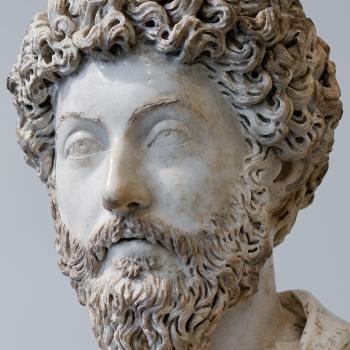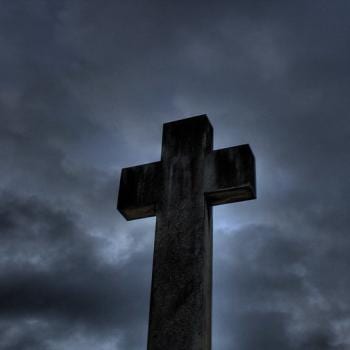For Robert Cochrane, the Craft was a "Mystical religion, a revealed philosophy, with strong affinities to many Christian beliefs. The Faith is concerned only with truth; that brings man into closer contact with the Gods and himself—the realization of truth as opposed to illusion—fulfilled only by service."
Cochrane opined that the keys to understanding the truth lay with the guardians of the Tradition, discarnate ancestors and deific forms who benefit the next generation of spiritual heirs. "Prayer is the ladder that binds the body to the earth whilst the soul ascends into the dizzying heights of the heavens. Magical subtlety is about inference rather than obfuscation, in a world where things are not always as they seem. This grail quest correlates with the fulfillment of gnosis under the ‘Order of the Sun', the life's work of a true mystic."
He was of course inspired by the whole history of his Craft, and was able to incorporate its relevancies into the subtler methodologies of his teachings and Mythos. "What do witches call themselves? They call themselves by the names of their Gods, I am Od's (Woden's) man, since in me the spirit of Od lives, yet I am a child of Tubal Cain the Hairy One." ‘Truth' was also the absolute name for the Godhead, it being outside any religious affiliations, systems and therefore beyond even illusion. He also believed that each person's vision represented individual subjective Truth.
Throughout western history, Witchcraft was seen as a syncretism of Christian ideas based upon pagan religious concepts; hence the survival of so many pagan and folk superstitions relating to protection against malignant acts. In social and anthropological terms, Witchcraft has maintained a negative reputation and proscriptions against sorcery are known to have existed for over four millennia.
Cunning-folk were individuals who were seen as being in some way different from those around them. They had knowledge and gifts that in times past were perceived as hereditary, or even obtained from a supernatural source, generally from the Fey, the Faerie folk. Importantly, many of the charms used by them were later recorded in medical Leech-books blending herbalism, folk magic, and Christian observances involving relics and scraps of liturgy together as forms of healing. Of great interest specifically are the abundant charms for protection against Witchcraft: how to lift a curse, how to deflect a hex, and how to cure visitations of malscrung (all acts of malice).
Perpetuated in oral tradition, the almost legendary magical expertise of these cunning-folk as they came to be known by the 15th century, ranged from simple acts of folk magic to complex sorceries and enchantments, and were often regarded as the most unsavory and unscrupulous of persons. Their secrets or tricks of the trade were closely guarded, often preserved within the family as a trade or business, just as a blacksmith or carpenter might. Most significantly, these practitioners were nominal Christians! They were certainly not pagans! Both Witches and Cunning-folk fulfilled their roles in society, anterior to religious vocation.
Following on from the above question, the Clan seems also to include Pagan, mythological, and folkloric references (like Hekate, Sile na gigh, and the Wild Hunt)—how do these fit in to Traditional Craft?
Many myths and legends require re-interpretation and this is in fact what I am attempting to do—removing the many glosses that have accumulated from the numerous exoteric writers imparting their truths, obfuscating the kernels of wisdom within them. This freedom will then allow new seekers a journey free of political and religious dogma and confusion. All such tales hold vital clues to concepts and contexts largely lost to us. Moreover, many of them are actually built upon principles pertinent to the folk magics and lore of Traditional Craft praxes. Following the teachings of E. J. Jones and Robert Cochrane before him, these tales serve as vehicles of transmission through use of analogy and allegory.
Myth celebrates cyclical time, against which annual celebrations of recurrence, suspended in the dreamtime of the eternal present, preserve indelibly the relationship between man, his environment, and the Universe. It is important to assert here the distinction between the cycle of the year and that of time itself. The repetitive progression of the seasons of the year simply provides an appropriate vehicle by which the genus of the myth unfolds. Cain rises—fecunds the earth—the harvest is reaped—Cain dies. But the myth is not the story of the sowing and harvesting of the grain associated with this or any other agricultural deity, but that of the concept of Cain as the original and eternal progenitor. It relates the concept of palingenesis—the cosmic cycle of deification in which the old god perceived as the father dies, and the new god, his son or younger version of himself, is reborn. It is one of sacrifice, dispersal and re-union within itself.




